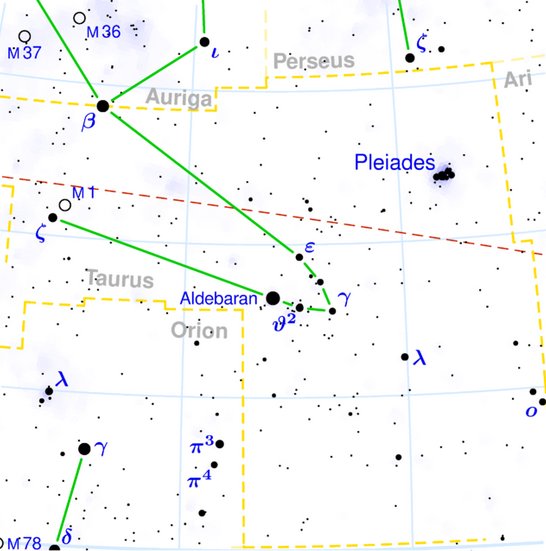We can assume - at least for the moment - that the months on Easter Island at the mythical time of the explorers were defined to be not 6 but 5 months away from the corresponding current months north of the equator (and according to the Gregorian calendar):
When the precession slowly changes the positions of the cardinal points of the Sun (equinoxes and solstices) in relation to the stars in the night the Gregorian calendar follows the path of the Sun, whereas Manuscript E and the rongorongo texts evidently took care to follow the stars. I suggest the Easter Islanders connected for instance the time when the star Hyadum I was close to the Full Moon not with the date - in rongorongo times - of May 23 but with some date in April according to their own updated star calendar:
Above I have used the dates in the times of Al Sharatain, e.g. 'October 26 (299) for nakshatra Hyadum I (γ Tauri). But it remains to find out whether this could have been also the view of the creators of Manuscript E.
| ||||||||||||||||||||||||||||||||||||||||||||||||||||||||||||||||||||||||||

